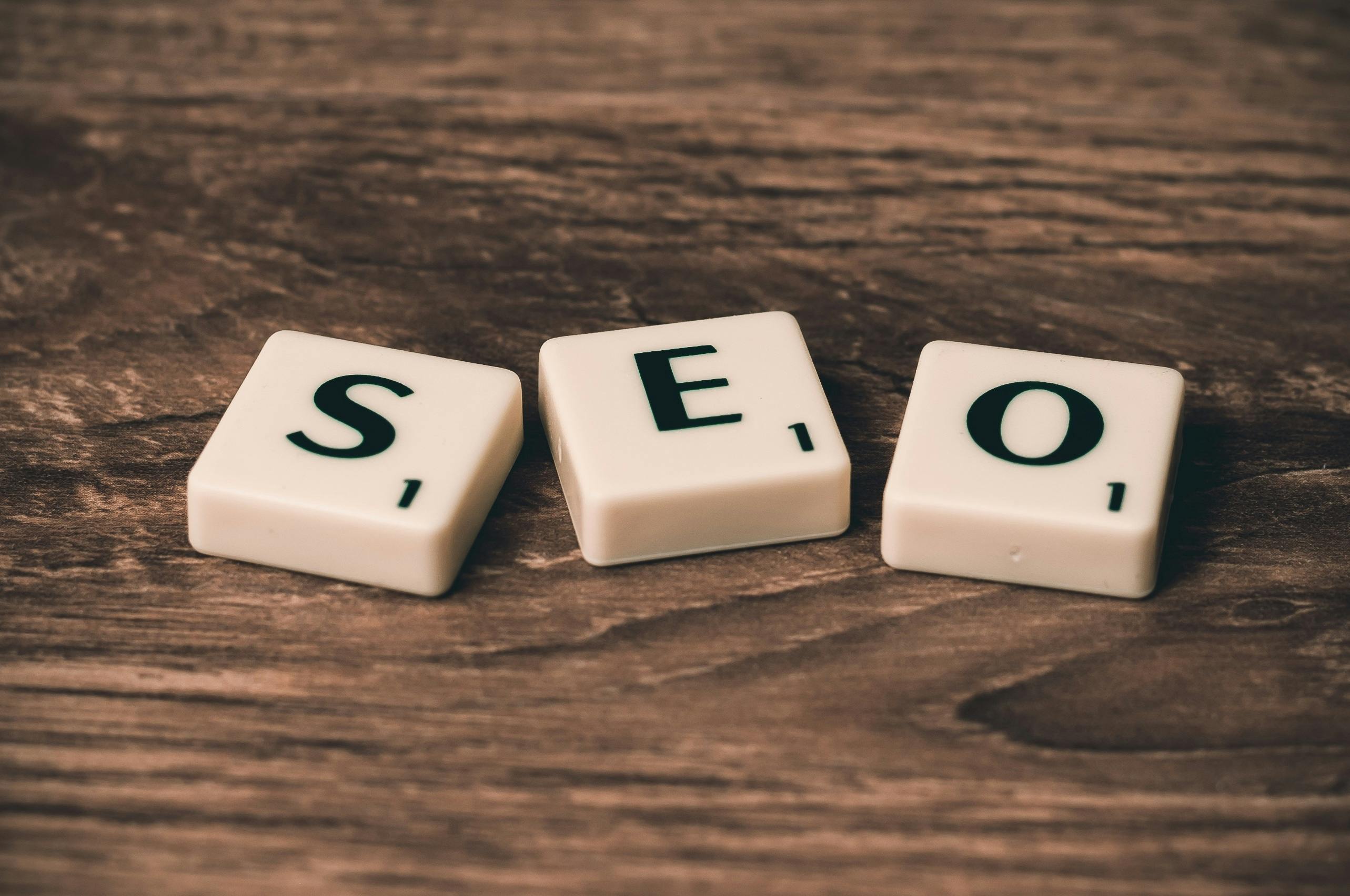Programmatic advertising has taken the marketing world by storm over the last few years. It has revolutionized digital advertising and made it easier than ever for brands to target their desired audience. But is programmatic advertising dead? Despite some suggestions that this type of marketing may be on its way out, the reality is that programmatic advertising is very much alive and well. In fact, it is an increasingly popular choice for many brands due to its efficiency and cost-effectiveness. This article will explore why programmatic advertising continues to be a powerful tool for businesses looking to reach their target audiences.Yes, programmatic advertising is still relevant. Programmatic advertising is the automated buying and selling of digital media using software, allowing advertisers to target specific audiences more accurately and efficiently than manual buying processes. It has become the preferred method of digital advertising for many companies due to its ability to provide detailed metrics, improved transparency, and scalability. In addition, programmatic advertising allows for campaigns to be quickly optimized based on performance data in order to maximize returns. As such, it is still a viable option for digital advertisers looking to reach their target audience effectively.
Programmatic Advertising: Evolving with Technology
Programmatic advertising has seen tremendous growth in the past decade, evolving from an experimental technology to an essential part of digital marketing. This type of advertising uses software and algorithms to automatically purchase online advertising space, making it a more efficient and cost-effective form of digital marketing.
Today, programmatic advertising is used by businesses of all sizes, from small local businesses to large multinational companies. It has become one of the most popular ways for businesses to reach their target audiences with targeted ads and messages. The technology has come a long way since its introduction and continues to evolve as new technologies are developed.
One of the biggest changes in programmatic advertising over time is the increased focus on data-driven targeting. With the growing availability of data about customers, marketers can now use this data to craft more effective campaigns that reach the right people with the right messages at the right time. Advertising platforms are also leveraging machine learning and artificial intelligence (AI) to optimize campaigns and deliver more targeted ads.
Another important development in programmatic advertising is the emergence of programmatic creative. This allows marketers to create dynamic creative that can adapt in real-time based on customer data and other factors such as device type, location, or browsing behavior. This helps advertisers create personalized experiences for their customers that are tailored to meet their needs at any given moment in time.
Finally, automated ad buying processes have become much more sophisticated over time. Automated bidding algorithms allow advertisers to quickly adjust bids based on customer data, market conditions, and other factors in order to maximize ROI from their ad campaigns. This makes it easier for marketers to control their budgets while ensuring they get maximum value from their investments in programmatic advertising.
Overall, programmatic advertising has come a long way since its introduction and continues to evolve as new technologies emerge. Marketers can now leverage powerful tools such as AI and machine learning to create more targeted campaigns that reach their desired audiences with personalized messages at scale. Additionally, automated bidding processes have made it easier for marketers to control their budgets while ensuring maximum ROI from their ad campaigns. As technology continues to evolve, we can expect further innovation in this space that will make programmatic advertising even more powerful and effective in reaching consumers with relevant messages at scale.

What Role Does Automation Play in Programmatic Advertising?
Automation has become an integral part of programmatic advertising. Automation allows for a more efficient, streamlined process when it comes to buying and selling digital ad space. Automated solutions provide advertisers with the ability to target and deliver ads more effectively, while providing publishers with the ability to monetize their inventory more quickly and accurately. Automation also enables advertisers to make better decisions about targeting, bidding, budgeting, and optimization of campaigns.
Through automation, advertisers can access data on user behavior patterns in order to better understand their target audiences. This helps them to create more effective ad campaigns that are tailored to the right demographic segments. Automation also helps them to optimize bids and budgets across campaigns, which can result in higher ROI for their advertising efforts.
Automation also helps publishers maximize their inventory by streamlining the process of selling ad space. Publishers can use automated bidding platforms to set up rules for how bids should be placed on their inventory, allowing them to easily manage multiple campaigns from one interface. This reduces the amount of time spent managing each campaign and allows publishers to focus on creating content that will attract more customers and generate higher revenues from their ad inventory.
In addition, automation enables advertisers and publishers alike to track performance metrics across all campaigns in real-time. This allows them to make decisions quickly based on data-driven insights into how campaigns are performing relative to each other. This can be invaluable for optimizing campaigns for maximum efficiency and ensuring that advertisers are getting the most out of their marketing budget.
Overall, automation plays a vital role in programmatic advertising by providing a streamlined process for buying and selling ad space while also helping advertisers and publishers optimize their campaigns for maximum performance. By leveraging automated solutions, both parties can reduce costs while maximizing conversions—ultimately leading to increased ROI across all digital advertising endeavors.
What Are the Opportunities for Programmatic Advertising in 2021?
Programmatic advertising is a powerful tool that allows businesses to target their audiences more precisely and efficiently. In 2021, programmatic advertising is set to be even bigger, with more opportunities available than ever before. This form of advertising has been gaining traction in recent years, and as digital marketing becomes more sophisticated, it will only continue to grow.
The main advantage of programmatic advertising is its ability to target audiences with greater accuracy. With the help of data-driven algorithms, businesses can reach their desired demographic more effectively than ever before. By using this tool, marketers can create campaigns that are tailored to the interests and needs of their target market. This can result in higher conversion rates and better ROI for the business.
Another benefit of programmatic advertising is its scalability. Companies can quickly reach large numbers of customers without having to increase their budget significantly. This makes it ideal for businesses that are looking to expand quickly but don’t have a large budget to do so. Additionally, programmatic ads can be easily adjusted based on customer feedback and changing market conditions. This allows companies to remain agile and adjust their campaigns accordingly.
One of the biggest challenges facing businesses with programmatic advertising is its complexity. Programmatic ad networks require detailed knowledge and understanding in order to be used effectively. Companies will need to invest time into understanding how these networks work if they want to maximize their ROI from this form of advertising. Additionally, they will need skilled professionals who understand how to manage campaigns on these networks properly in order for them to be successful.
Overall, there are many opportunities available for businesses looking to take advantage of programmatic advertising in 2021. By working with experienced professionals who understand how these networks work, companies can create effective campaigns that drive conversions and generate ROI for their business.
Is It Possible to Measure ROI with Programmatic Advertising?
Programmatic advertising is a popular and effective method of digital advertising, offering a wide range of benefits for businesses looking to maximize their marketing efforts. One of the key advantages of programmatic advertising is its ability to measure return on investment (ROI). By using advanced data tools and analytics, programmatic advertising can provide detailed insights into the performance of campaigns, allowing businesses to make informed decisions that optimize their spending.
The most important metric for any business is ROI, as it helps them understand how effective their campaigns are in terms of cost-effectiveness and overall performance. Programmatic advertising provides detailed insights into the ROI of campaigns, allowing businesses to make better decisions about where to invest their marketing budget. For example, they can use programmatic data to identify which channels are producing the highest ROI and which channels are not performing as well. They can then adjust their budget accordingly and focus on channels that produce better results.
In addition, programmatic advertising allows businesses to track the entire customer journey from initial impressions to conversions. This helps them understand which steps in the customer journey are driving conversions and gives them valuable insights into how they can optimize campaigns for maximum efficiency. By analyzing this data in detail, businesses can identify areas where they can make improvements in order to increase ROI on a campaign-by-campaign basis.
Another key benefit of programmatic advertising is its ability to target specific audiences with highly personalized messages. By leveraging advanced targeting techniques such as retargeting and lookalike audiences, businesses can reach their ideal customers more effectively than ever before. This helps them hone their message for maximum resonance with each audience segment and ensures that every dollar spent results in a higher rate of conversion than ever before.
Overall, it is clear that programmatic advertising offers numerous advantages when it comes to measuring ROI for digital campaigns. From detailed insights into campaign performance to advanced targeting techniques that increase conversion rates, programmatic advertising provides comprehensive data that enables businesses to make more informed decisions about their marketing efforts and ensure that every dollar spent yields maximum returns.

Conclusion
Programmatic advertising is not dead, but it is changing. As technology advances, the way that programmatic advertising works and the data it uses will continue to change. Programmatic advertising has the potential to become more efficient and cost-effective, making it a powerful tool for businesses in the digital age. It is essential that businesses stay up to date with these developments in order to remain competitive in a rapidly changing digital landscape.
With its ability to target specific audiences and optimize campaigns, programmatic advertising remains an important part of any business’s digital marketing strategy. It is important for businesses to understand how programmatic advertising works and the implications of data use for their business in order to make informed decisions about their marketing strategies.
Ultimately, programmatic advertising is still an effective way for businesses to reach their desired audiences while optimizing campaigns and utilizing data efficiently. With continued advances in technology and new regulations that protect consumer privacy, programmatic advertising will continue to be an important part of any successful digital marketing strategy.

Recent Comments